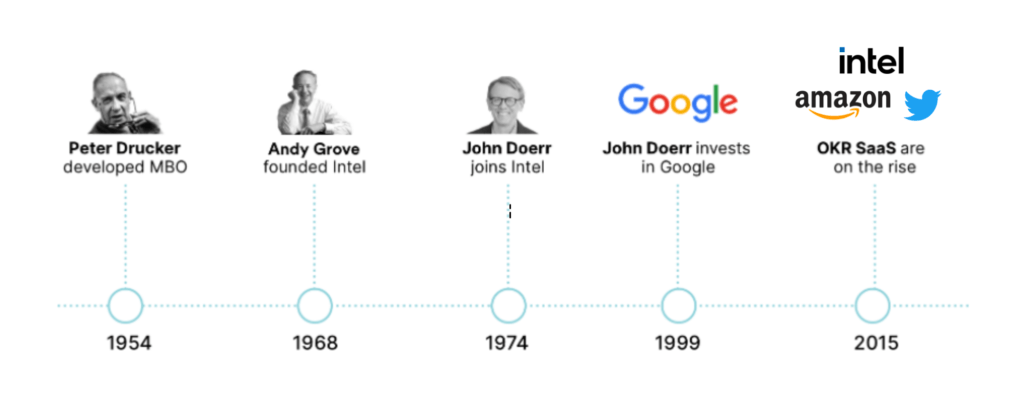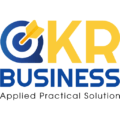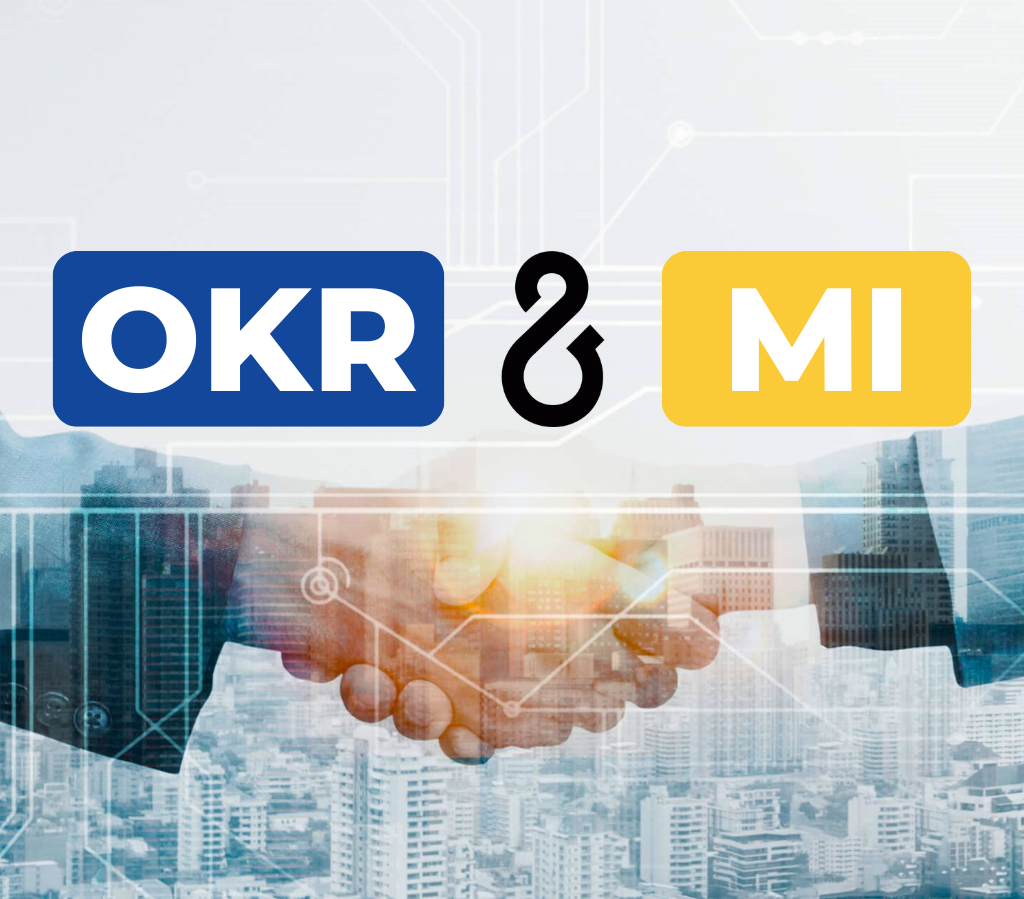The OKR’s Development Summary
OKR actually has a long history, which can be originated in 1954 when Peter Drucker invented MBO or Managed By Goals. In 1968, Andrew Grove co-founded Intel and – while holding the POSITION of CEO at Intel – he continued to develop MBO into the OKR framework as we know it today. In 1974, John Doerr joined Intel and absorbed OKR during his time there.
Doerr went on to join Kleiner Perkins Caufield Company / Byers – one of the first major investors in Google – and became an advisor to Google from the beginning. Later, Doer introduced OKR to Google’s founders Larry Page and Sergey Brin, who later implemented OKR at Google (and still use it to this day).

Great benefits of implementing OKR
- Business impact
- Current research shows that when comparing groups of employees who have used OKR with those who do not use it, those who use it have proven much more effective in their work, leading to better performance and increased sales. In fact, the non-OKR team actively requested to be involved in the okr cycle setup process afterwards.
- Cultural benefits
- The greatest impact of okr usage in most organizations without a target management method available, is a cultural shift from merely output to results to be achieved. OKR creates focus, accountability, transparency, and solidarity within an organization. The result of all this is an increase in performance and the encouragement of employee participation.
- Strategic links
- OKR helps managers and employees organize all their efforts, ensuring that everyone in the organization is growing in the same direction.
- Centrally perform
- OKR helps businesses focus only on what really matters most, to ensure resources are devoted to making the greatest business impact.
- As part of the big picture
- People achieve incredible results when they understand and are engaged in a higher purpose of the business. OKR helps convey the big picture of the future in a way that everyone understands.
Preparing for OKR
Before you start using OKR, it’s important to have a clear understanding of the challenge you want it to address and the benefits you expect it to bring.
For most organizations, OKR solves the challenge of managing and implementing the strategy in a way that is clear to all employees, transparent and measurable. In order for it to succeed, the implementation and management of OKR must have the main person in charge right in the organization. This person is often called “Ambassador”. The ambassador’s role is to ensure that everyone who will use OKR, is properly trained, engaged and has ongoing help and guidance when they need it.
OKR is an administrative framework, but it is also a learning process that often involves a fundamental change in the way people think and measure the work they do, avoiding focusing on output and focusing on results.
Find the right OKR cycle
OKRs basically have no time limit but are usually created on 2 cycles: annual and quarterly. This setup gives the team the opportunity to develop ideas as well as have enough time to correct their performance. Company goals are usually set annually while individuals and groups set up their OKRs quarterly.
OKRs at the company level are completely oriented. OKRs at a smaller level such as departments, departments or teams are tactical and therefore quarterly makes more sense: the corresponding shorter evaluation cycles allow organizations to change direction if the tactic does not accelerate progress for the Company’s OKRs during the year. More information on how to find the right OKR cycle rhythm can be found here. If you’re working at a fast-moving company with changing goals, the above explanation of how setting up OKR can help you stay on track when your business goals are always flexible.
Create your ultimate goal
Most organizations have a mission and vision, but often these are very confusing and can be confused with one and the other. We recommend that you make your mission and vision an ultimate goal. Your ultimate goal defines what it is all about your organization. It’s your North Star that all the other goals follow.
The ultimate goal of your business is to aim for a point at such a significant gap in the future as 10, 15 or even 25 years is reasonable. A good example of an ultimate goal is when John F Kennedy decided that America should take a person to the moon, and set the term “Moonshot Target”.
There is a single ultimate goal that gives you the focus that your entire organization needs. For example, in 1958, NASA had eight top-level goals including “Establishing long-range studies on the potential benefits obtained, opportunities, and issues related to the use of aviation and space operations for peaceful and scientific purposes.” By 1961, thanks to President Kennedy, NASA had only one ultimate goal; “Before the decade passes, land a man on the moon and bring him back to earth safely.” Let’s take a look at some great examples of the ultimate goals as below.
Examples of the ultimate goal
- Ultimate goal
- Making Humanity Inters planet (SpaceX)
- Become Europe’s largest airline by offering the lowest possible fares (RyanAir)
- Build the most customer-centered store that sells everything (Amazon)
- Connect OKR professionals around the world with professional managers and business owners to build successful businesses in modern world (OKR. Business)
Let’s figure out more details on how to implement OKRs into action at your business in the next article.




